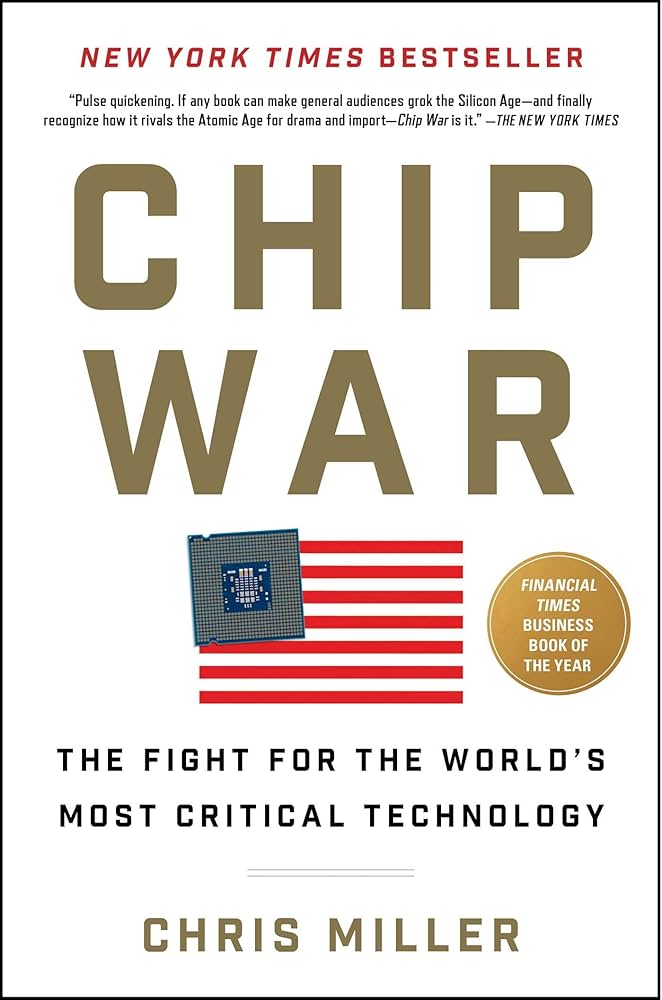One theme revolves around the critical role played by state support in the emergence of chip-making capacity in every country. In the United States, for example, the leaders of Silicon Valley famously extolled the virtues of unfettered markets and free enterprise. As Apple CEO Steve Jobs said in a 1996 reality-distorting conversation with the Clinton White House, “Silicon Valley doesn’t traditionally look for handouts.” This was, of course, bullshit. Semiconductor manufacturers, especially in their early years, relied on huge government contracts from NASA and the Department of Defense. Miller notes in passing that the US government purchased almost all of the integrated circuits that Texas Instruments and Fairchild produced in the early 1960s. Margaret O’Mara’s book The Code explores this reliance on Uncle Sugar in much more detail, showing how Silicon Valley’s fabulous success was built not so much on clever computer programs as on relaxed tax regulations and revised immigration codes.
This pattern of state support was repeated in every other locale where semiconductor manufacturing took root, from Hong Kong to South Korea to the Soviet Union (a notable story of failure) and, most recently, China. Huawei, an electronics company based in Shenzhen, has received some $75 billion in state subsidies, a fact which prompted the Trump administration to impose a series of semi-successful trade sanctions on the company. Miller, a visiting fellow at the American Enterprise Institute, is more critical of the Obama administration’s lackadaisical attitude (“almost everyone had drunk their own Kool-Aid about globalization”) towards China than he is about the “China hawks” in the subsequent administration. Some experts, however, disagree, claiming that aggressive Trump-era policies did not achieve their goals, but instead intensified confrontation.
Another animating theme in Chip War is how much chip making was and remains a transnational enterprise. Although it’s not discussed in the book explicitly, the invention of the transistor by three American physicists (John Bardeen, Walter Brattain, and William Shockley) in 1947 came after decades of basic research in solid-state physics and quantum mechanics. This was conducted at university and corporate laboratories throughout Europe, the United States, the Soviet Union and elsewhere. It was the US, however, with its labs and industries unscathed by World War II, that was able to capitalize on and commercialize this knowledge.
